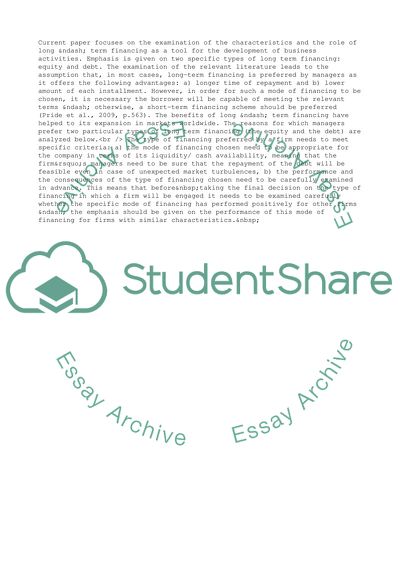Cite this document
(Financing as a Tool for the Development of Business Activities Term Paper, n.d.)
Financing as a Tool for the Development of Business Activities Term Paper. Retrieved from https://studentshare.org/business/1746852-long-term-financing-of-companies
Financing as a Tool for the Development of Business Activities Term Paper. Retrieved from https://studentshare.org/business/1746852-long-term-financing-of-companies
(Financing As a Tool for the Development of Business Activities Term Paper)
Financing As a Tool for the Development of Business Activities Term Paper. https://studentshare.org/business/1746852-long-term-financing-of-companies.
Financing As a Tool for the Development of Business Activities Term Paper. https://studentshare.org/business/1746852-long-term-financing-of-companies.
“Financing As a Tool for the Development of Business Activities Term Paper”. https://studentshare.org/business/1746852-long-term-financing-of-companies.


